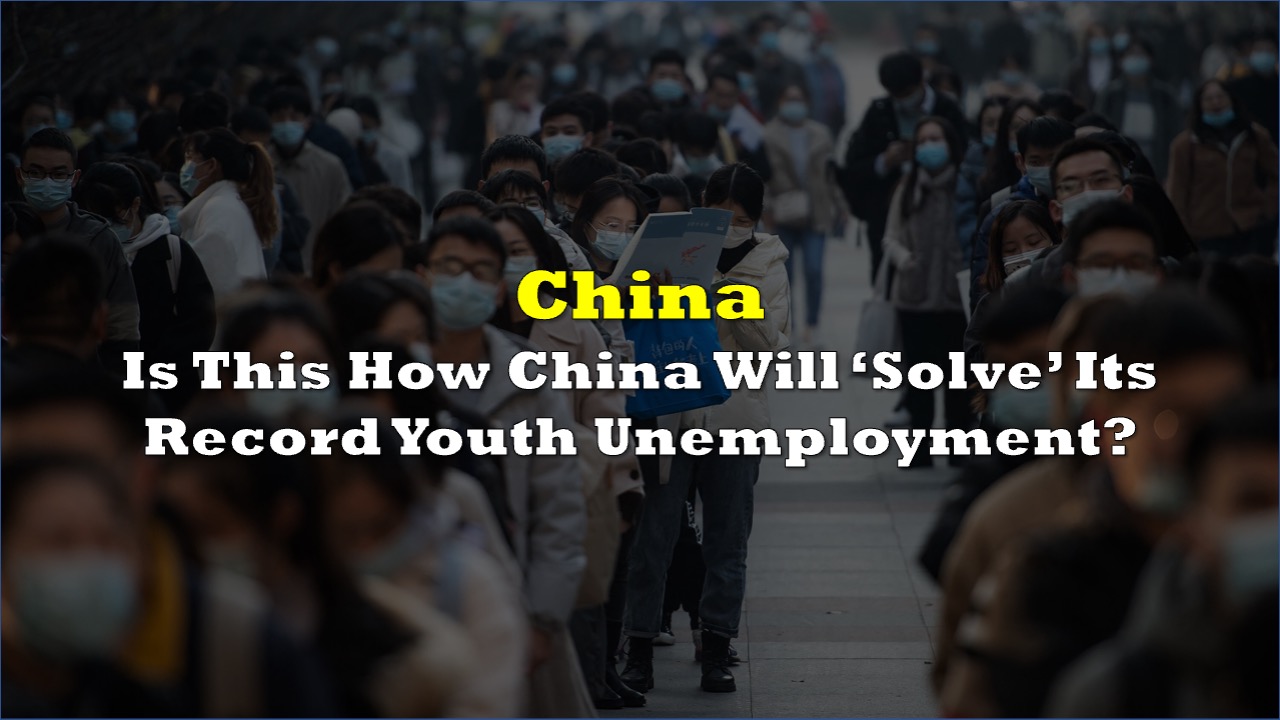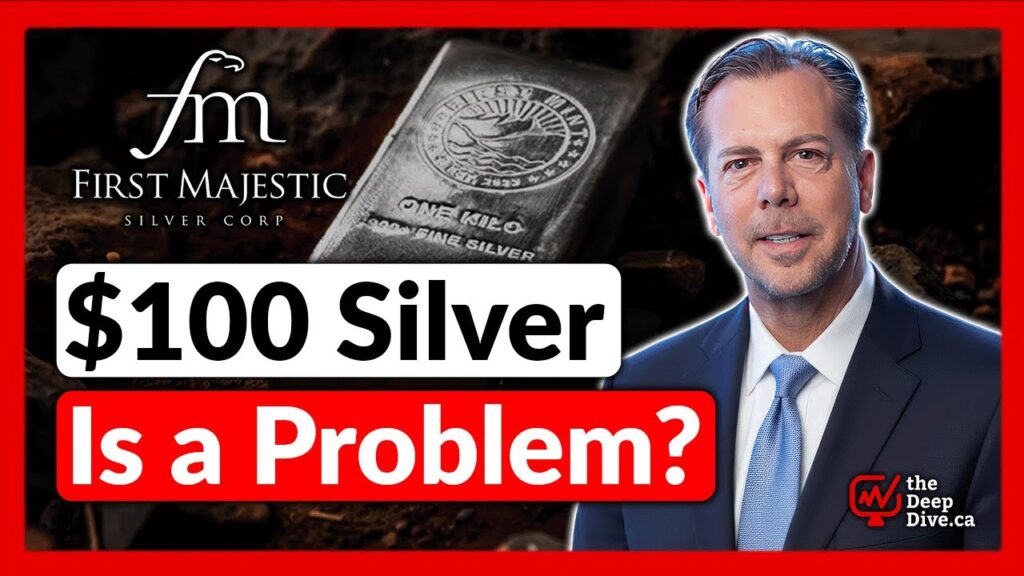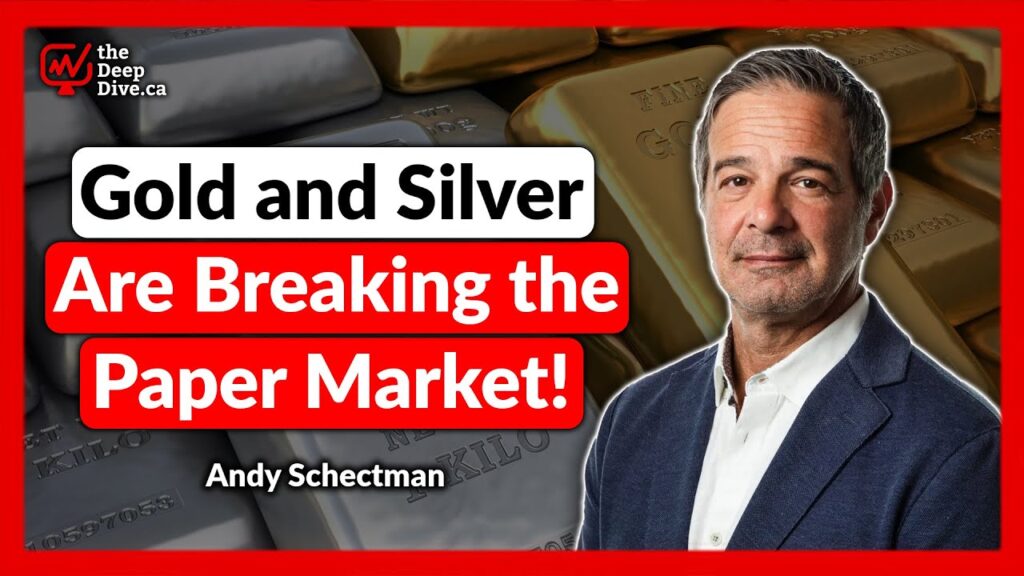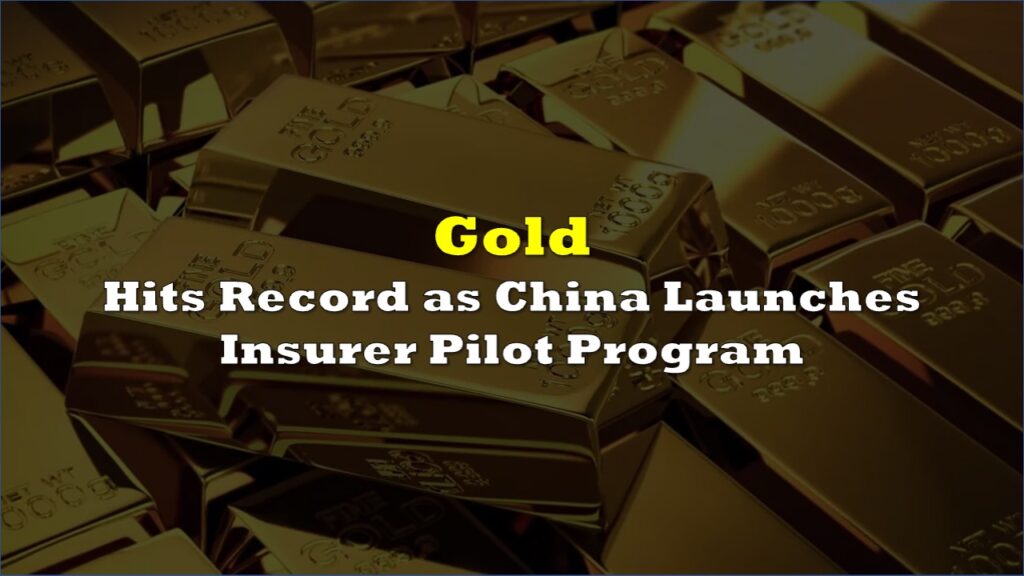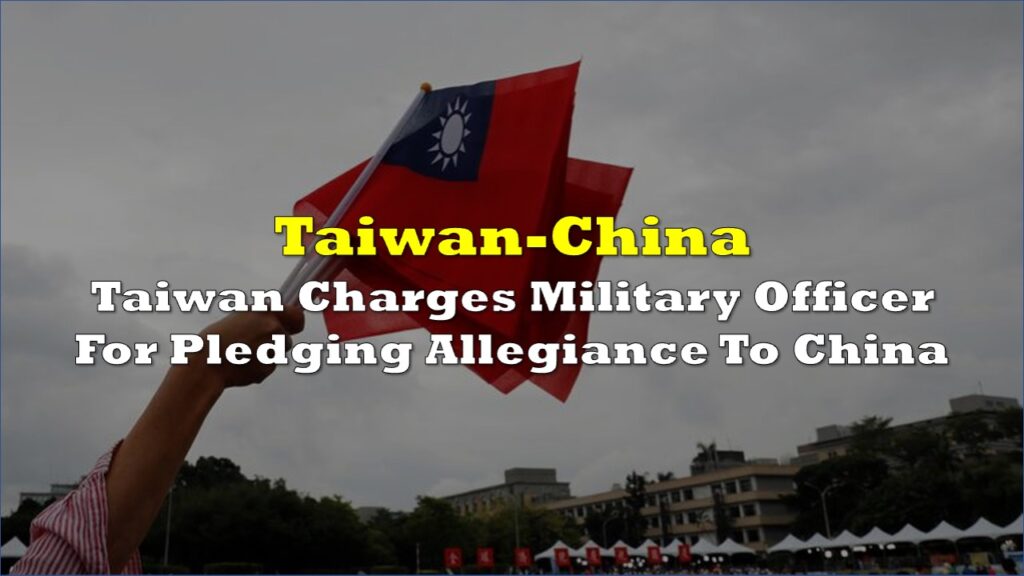China’s youth unemployment rate has reached an all-time high, doubling in the past four years and hitting a record 20.8% in May. The actual rate could be even higher than the official estimate, indicating a troubling trend for the Chinese economy.

Goldman Sachs’ China strategist, Maggie Wei, explains that youth unemployment tends to be higher during economic downturns due to their lack of work experience. China’s National Bureau of Statistics reveals that there are approximately 96 million individuals aged 16-24 in urban areas, with 6 million of them unemployed. The youth population plays a significant role in overall consumption, accounting for 17% of total consumption.
The correlation between the unemployment rate for the 16-24 age group and the output gaps in the services sector is evident. Goldman’s analysis shows that a 1% increase in the services sector output gap leads to a 0.6% rise in youth unemployment rate. Sectors such as hospitality, education, and IT tend to employ more young workers. However, the services sector has been significantly impacted by the COVID-19 pandemic, resulting in reduced job opportunities for young people.
Besides cyclical factors, there are structural challenges contributing to high youth unemployment. Mismatches between graduates’ skills and the requirements of industries with high labor demand have caused frictions in the labor market. Changes in regulations toward industries like IT, education, and property have also weakened labor demand in these sectors.
Lu Feng, director of Peking University’s China Macroeconomic Research Centre, says that this period has been the most difficult time for China’s youth employment since the “reform and opening up” in 1978.
“The problems won’t just disappear in the short term, but will remain unsolvable for a while,” he told the Economic Observer.
The authoritarian government’s concern about the rate of unemployed young people should also be compounded by how this idleness may lead to social unrest.
The ‘simple’ solution
There are two potential ways China can respond to this escalating concern. First, Goldman Sachs suggests promoting growth in the services sector to reduce youth unemployment.
“A complete closure of service sector output gap from current level could reduce youth unemployment rate by up to 7% according to the bank’s estimate, although this could overestimate the potential improvement if some of the weakness in sectors such as education and information technology may have become structural on regulatory tightening,” the institution recommended.
But, as the publication points out, if this were an option, China would have already jumped into it rather than risk “opening up its economic omnipotence to global skepticism and criticism,” making themselves appear weaker when their economy is so clearly slowing down.
The other, “simple” solution is a more disturbing and disturbingly obvious one. Commodore Research’s Jeffrey Landsberg writes: “It is very difficult to make such a prediction [about the tensions between China and Taiwan], but lately, a depressing thought has been stuck in our mind: war creates a lot of employment for a country’s youth.”
He adds: “It is becoming increasingly uncomfortable that the world’s concerns of a coming war in Taiwan are intensifying at the very same time that China’s youth unemployment is surging.”
What’s even more dangerous is that all signs point to the US already being in a recession, with the consumer and industrial sectors in the US and elsewhere having shown signs of decline, such as reduced retail sales and contracting manufacturing.
With the US debt to GDP ratio at the same level as it was only at the end of World War II, and only forecast to go higher, the US may be needing a radical excuse for debt and economic restructuring — the kind typically observed after a big, bloody war.
Information for this story was found via Zero Hedge, SCMP, and the sources and companies mentioned. The author has no securities or affiliations related to the organizations discussed. Not a recommendation to buy or sell. Always do additional research and consult a professional before purchasing a security. The author holds no licenses.

